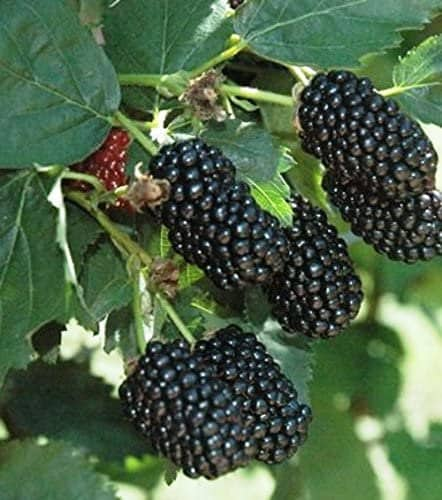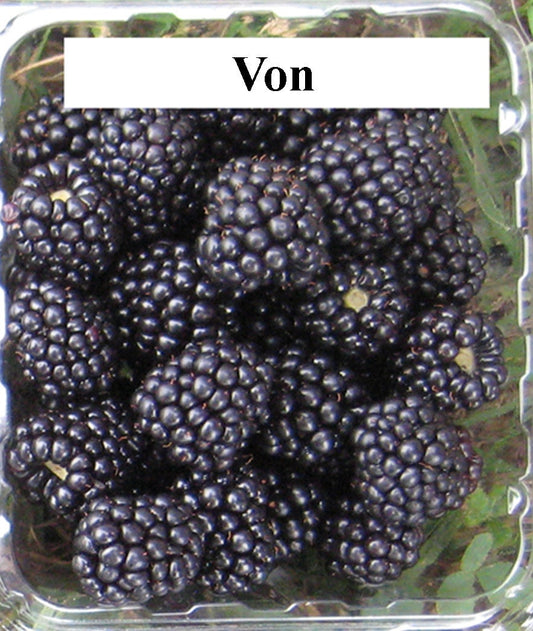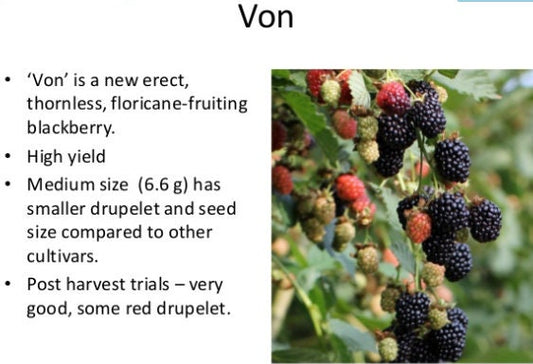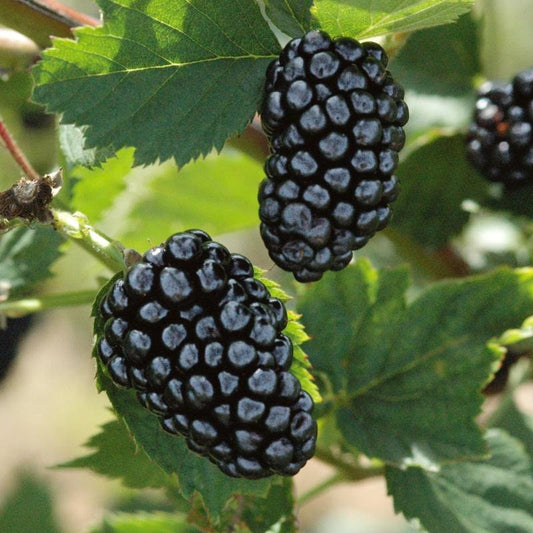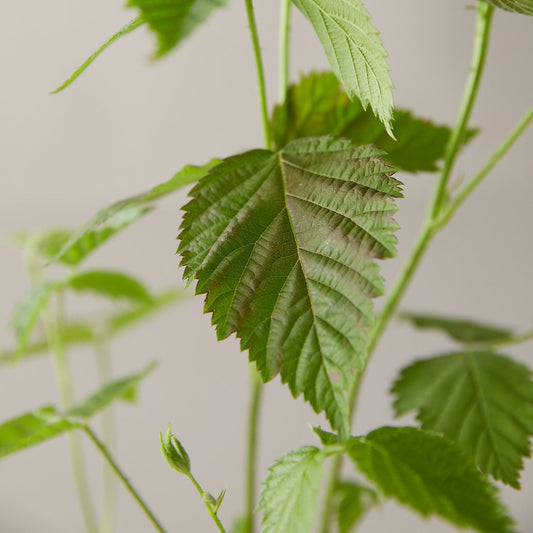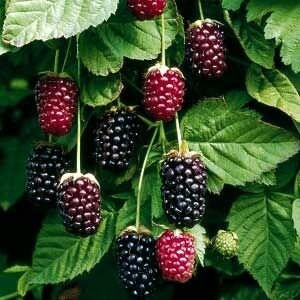Unlocking the Secrets of Growing Natchez Blackberries
The Natchez blackberry, a standout variety known for its impressively large, sweet berries and thornless canes, has become a top choice for gardeners and berry enthusiasts alike. Developed by the University of Arkansas, the Natchez variety is celebrated for its early ripening season, high yield, and ease of picking, making it an ideal option for both seasoned gardeners and those new to berry cultivation. Whether you're looking to enjoy fresh, juicy blackberries straight from the vine or to fill your pantry with homemade jams and preserves, this guide will lead you through the steps of growing Natchez blackberries successfully, ensuring a bountiful harvest.
Understanding Natchez Blackberries
Natchez blackberries set themselves apart with their large fruit size, excellent flavor, and productivity. These berries are not only delicious but also packed with antioxidants, vitamins, and fiber, making them a healthy addition to any diet. Suitable for USDA zones 6-10, Natchez blackberries are adaptable to various climates and are known for their disease resistance and robust growth.
Selecting the Right Location
1. Sunlight Needs: Natchez blackberries require full sun to produce the highest yields. Choose a location that receives at least six to eight hours of direct sunlight each day.
2. Soil Requirements: These blackberries prefer well-draining, fertile soil with a slightly acidic pH (5.5-6.5). Amending the soil with organic matter before planting can improve soil health and support vigorous plant growth.
Planting Natchez Blackberries
1. Best Time to Plant: The optimal time to plant Natchez blackberries is in early spring, once the threat of frost has passed. This timing allows the plants to establish themselves before the heat of summer.
2. Planting Process: Dig a hole twice as wide and just as deep as the root ball of your plant. If planting multiple blackberry canes, space them about 4-6 feet apart to ensure adequate air circulation and growth. Enrich the planting hole with compost or aged manure, then plant the cane, backfilling the hole and watering thoroughly.
Care and Maintenance
1. Watering: Consistent moisture is key, especially during the first growing season. Water deeply and regularly, allowing the soil to dry out slightly between waterings to prevent root rot.
2. Mulching: Apply a 2-3 inch layer of organic mulch around the base of the plants to retain soil moisture, regulate soil temperature, and suppress weed growth.
3. Fertilization: Feed your Natchez blackberries with a balanced, slow-release fertilizer in early spring. A second application after the initial fruit set can encourage continued productivity.
4. Pruning: Prune Natchez blackberries in late winter or early spring to remove any dead or diseased wood and to thin the canes, which promotes healthy growth and berry production. Natchez blackberries produce fruit on second-year canes, so it's important to understand their growth cycle for effective pruning.
Harvesting Natchez Blackberries
Natchez blackberries typically ripen in early to mid-summer, depending on your climate. The berries are ready for harvest when they turn deep black and detach easily from the plant. Harvesting in the morning when temperatures are cooler can result in firmer berries that store better.
Overcoming Challenges
While Natchez blackberries are relatively disease-resistant, they can still encounter issues with pests and environmental stressors. Regular monitoring and adopting preventive measures, such as proper spacing and sanitation around the plants, can help maintain a healthy crop.
Conclusion
Growing Natchez blackberries is a rewarding endeavor that offers the joy of harvesting your own delicious fruits right from your garden. By providing the right care and conditions, you can enjoy the sweet rewards of Natchez blackberries, enhancing both your garden's landscape and your dining table. Whether you're a gardening novice or an experienced horticulturist, Natchez blackberries present a fruitful opportunity to enjoy one of summer's finest bounties.
